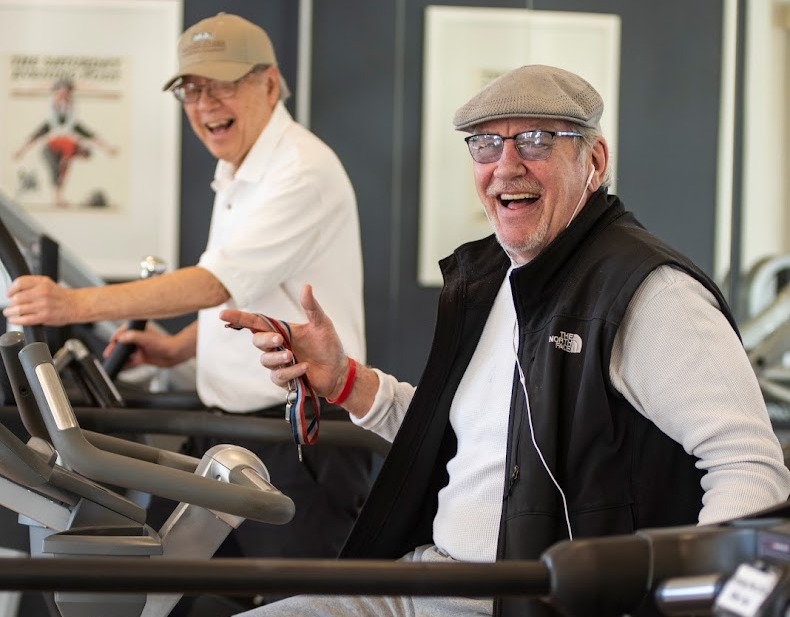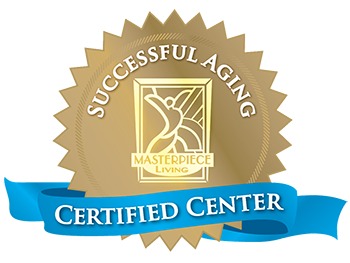Manual dexterity is the ability to use your fingers and hands to perform coordinated movements. It’s the use of your fine motor skills for writing, knitting, picking up small items, and other forms of movement that require the use of the fingers and hands. It is very important for senior adults to maintain manual dexterity so they can perform simple daily tasks such as brushing their teeth and holding eating utensils.
Your hands are needed for buttoning a shirt, opening a jug of milk or juice, tying a shoelace, gripping a coffee cup, turning a key in a locked door, and so much more. It is very crucial to try and maintain strength and flexibility in the hands and fingers, but as we age the hands and fingers become weak, losing that strength and flexibility. Add arthritis or carpal tunnel to the equation and daily activities can become difficult and almost impossible.
Unfortunately, there are a variety of conditions that can affect manual dexterity such as osteoarthritis. This condition causes pain and stiffness in the joints and usually happens at the base of your thumb where it meets your wrist in the joints closest to your fingertips, and in the middle joint of a finger. Osteoporosis makes bones brittle and weak. New bone cannot form as fast as bone loss, making your hands and fingers easier to break. Rheumatoid arthritis attacks the lining in the joints and tendons of the hands and fingers first before anywhere else on the body. Another one is arthritis, which causes swollen painful joints, making it difficult to grip things. Tendonitis is common and it reduces the range of motion in the hands due to stiffness on the tendon that controls the joint. Next up is muscle atrophy, which affects the hands and fingers due to the muscle thinning and weakening, causing the muscles to waste away. Carpal tunnel occurs when the median nerve that runs from the neck to the thumb, index, middle and the ring finger gets compressed at the wrist. People experience weakness, tingling, and numbness. Last, there is Parkinson’s disease which gives the hands and fingers the tremors, making hands weak and wrist movements more difficult.
This may seem like a lot and may even seem hopeless but do not get discouraged, there are plenty of ways you can improve your manual dexterity. Engage in activities such as playing string games, doing Japanese paper folding known as origami, learn a new instrument, taking up knitting, writing a letter, sorting coins or buttons or take a beading class. There are also exercises you can do that will help improve your fine motor skills.
Fist exercise consists of repeatedly clenching the fist tight and relaxing it. The “O” hand exercise is when you keep all four fingers straight moving the index and the thumb bringing them together to make an “O” shape, hold it for a few seconds and repeat. Another good exercise for fine motor skills is thumb flexing. It requires you to keep all four fingers straight and together while reaching your thumb across your palm, hold for a few seconds and repeat. The last exercise is called finger lifts and we do these in the Exercise for Blood Flow, Neuropathy and Fine Motor Skills class. You lay your hand on a flat surface lifting one finger up and down without moving the rest of the fingers. After each finger you move on to the other hand.
These activities and exercises are great ways to improve your fine motor skills, helping you remain independent and living your best quality of life. If you’re not sure how to do these exercises, I encourage you to tune in every Tuesday on channel 1-62 at 11:00 am and Friday at 10:45 am for the Exercise for Blood Flow Neuropathy and Fine Motor Skills class where we practice some of these exercises.
Yanasa Williams
Health Fitness Specialist




